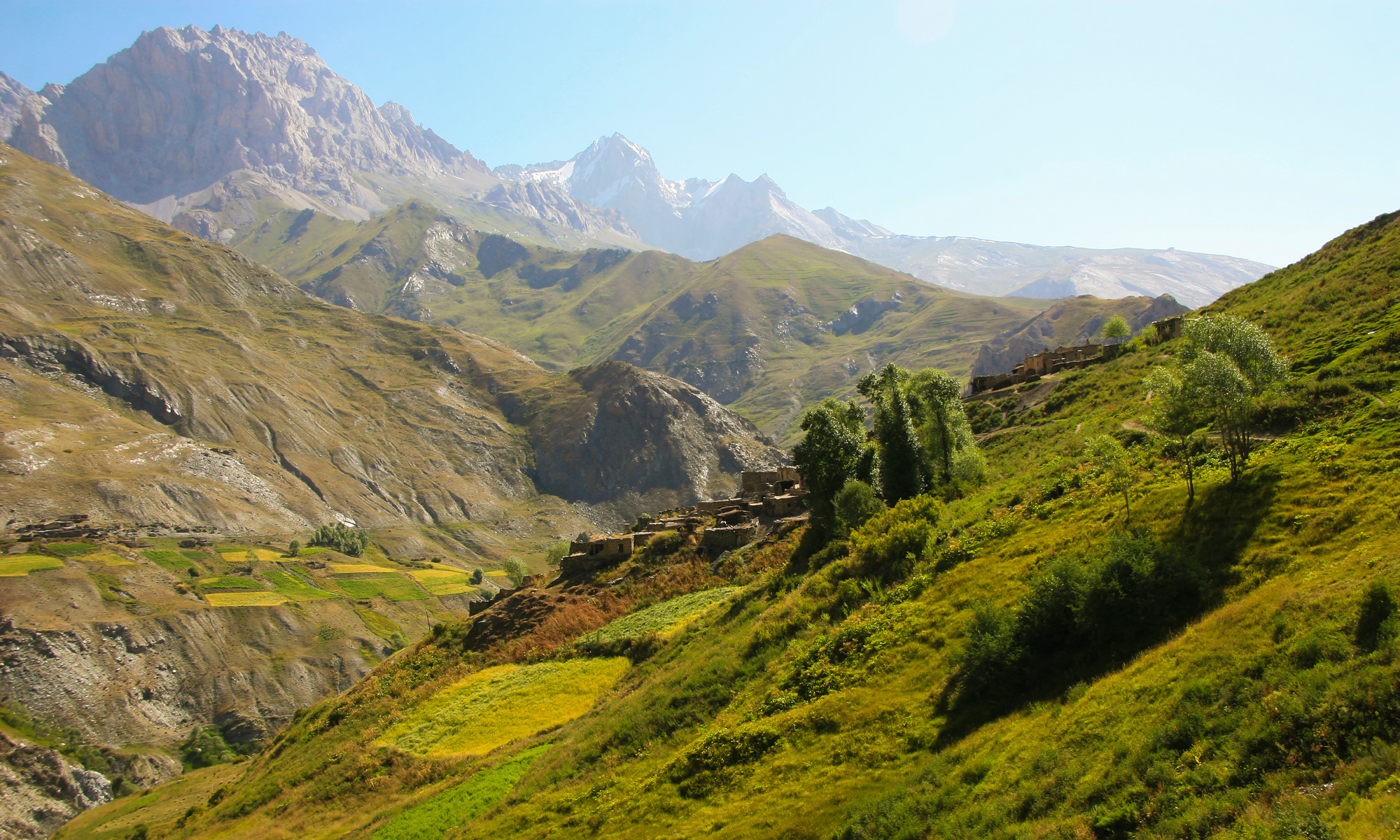Inside the 2007 Conference “Ancient Sogdiana: Past, Present, and Future”
The halls of the Kayon Hotel in Dushanbe were unusually animated this October. It is the first time that local elders, government officials, international linguists, and ecologists are sitting at the same table — not just to discuss research or reminisce over ancient history, but to determine the future of a living culture. This is the First International Conference on the Preservation and Sustainable Development of the Yaghnob Valley, and for two days, the forgotten people of a remote mountain valley are at the very center of national and international attention.
The Conference Opens: Culture Meets Urgency
October 18, 2007. Participants register — 70 delegates in total — including guests from Germany, France, Russia, Japan, Switzerland, Bulgaria, the US, and various parts of Tajikistan.
The event opens with a screening of “The Sogdiana Way,” a documentary that reconnects ancient Sogdiana to the living Yaghnobi people. Some in the audience watch with emotion — not as outsiders, but as descendants of a culture that never fully disappeared, even when its speakers were deported from their valley in 1970.
Three Working Groups, One Mission
The conference is divided into three working sessions, each focused on a key pillar of preservation:
1. Linguistics, History, and Ethnography
Led by experts such as Dr. Saifiddin Mirzozoda and cultural activists from “Vozrozhdenie Yagnoba,” this group discusses:
-
The Yaghnobi language as a direct descendant of Sogdian.
-
Oral storytelling traditions, music, and family lineages.
-
The urgent need to document vocabulary, dialects, and folklore, as few fluent speakers remain.
2. Geo-Ecology and Sustainable Development
With support from geographers such as Alexey Gunya and institutions like UNDP Ayni, this session presents:
-
The ecological uniqueness of the Yaghnob valley and its biodiversity.
-
Vulnerabilities caused by depopulation and climate shifts.
-
Roadmap for the proposed Natural-Ethnographic Park, which could preserve both culture and landscape.
3. Intangible Cultural Heritage and Community Wellbeing
This session dives into:
-
Traditional healing practices, agricultural methods, and crafts.
-
The need to revitalize Yaghnobi rituals, songs, and local festivals.
-
Socio-economic challenges: health access, education, youth migration.
Each group reports back with proposed action steps, research agendas, and collaborative ideas to bridge government, community, and international partners.
Voices from the Valley
Among the attendees are Yaghnobi residents from the valley itself, as well as those now living in Zafarobod, where many were relocated during Soviet deportations. For many, it is the first time their stories have been heard outside their village councils.
One elder from Anzob, speaking through a translator, says:
“We were told to forget the mountains, but we kept them in our language. Now we are being asked to remember.”
Their presence reinforces that this isn’t only a cultural conference — it is personal, generational, and deeply emotional.
At the cultural table, watercolor paintings of the Yaghnob Valley catch the attention of both diplomats and schoolchildren. “Sogdiana isn’t just in the books,” one young attendee remarks. “It’s in the songs, the stitching, even the way they plant onions.”
There is also a strong interdisciplinary spirit. Political scientists chat with hydrologists. Historians debate terminology with tourism planners. Even the idea of the Yaghnob Park is seen differently by each — a cultural sanctuary, a green development zone, a research hub.
Field Trips and Closing Reflections
On the final day, participants are invited to take part in field excursions — either to Varzob or the Nurek Reservoir. While not yet able to travel directly to Yaghnob (due to seasonal and infrastructure limitations), these trips offer a broader sense of Tajikistan’s ecological and cultural context.
Back in the closing session, titled “Realization of Dreams,” there’s a blend of optimism and realism. Many recognize that implementing recommendations will take years — or even decades. But for now, visibility is victory.
“This is not the end,” says one UNDP official. “It’s the beginning of remembering—and rebuilding.”
Key Themes Emerging from the Conference
-
Yaghnob is not just heritage; it is a living community with urgent needs.
-
Preservation must include education, health, and infrastructure, not just symbolic recognition.
-
Community leadership is essential—no outside initiative will succeed without it.
-
The proposed Natural-Ethnographic Park remains central to many strategies moving forward.
